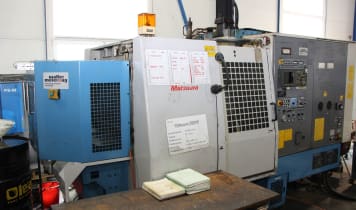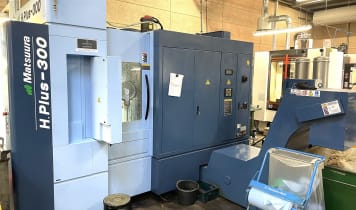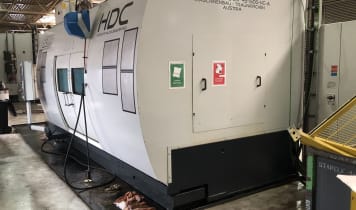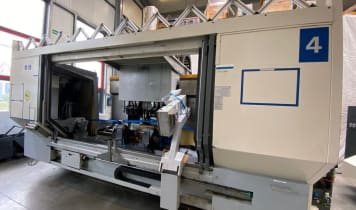A
horizontal machining center (abbr. HMC) is a machine tool used for the automatic manufacturing of workpieces through a variety of different processes, where a tool is driven by a horizontally orientated main spindle. Like all other types of machining centres, the horizontal machining centre allows for the manufacturing of workpieces of complex prismatic shapes.
- Automatic processing of workpieces through a variety of machining techniques
- Tools can be automatically switched
- Primarily used in the manufacturing of prismatic workpieces
Quality Great offers Personalized It also contains three additional translational axes that are numerically controlled. Common types of horizontal machining centres are the gantry design and the shelf-mounted models. Gantry machining centres are very versatile and suitable for the processing of large workpieces. Horizontal machining centres with shelf-mounted robots are somewhat restricted but they offer a very short chip-to-chip time. A portal construction is usually found in
vertical machining centres. Machining centres can usually be found in the form of horizontal or vertical machining centres. Statistical analyses have concluded that the use of a horizontal machining centre would be more advantageous for two thirds of commonly processed products. The axes of motion could either be applied to the tool or the workpiece itself. BOHLE Horizontal machining centre in use There are 5 usable forms of horizontal machining centres with 1, 2 or 3 axes in the tool carrier or workpiece table. Automatic tool switching is typical for all machining centres, as well as the automatic switching of drilling heads. The state of the main spindle can be deciding factor when deciding which form of machining centre to use.






























